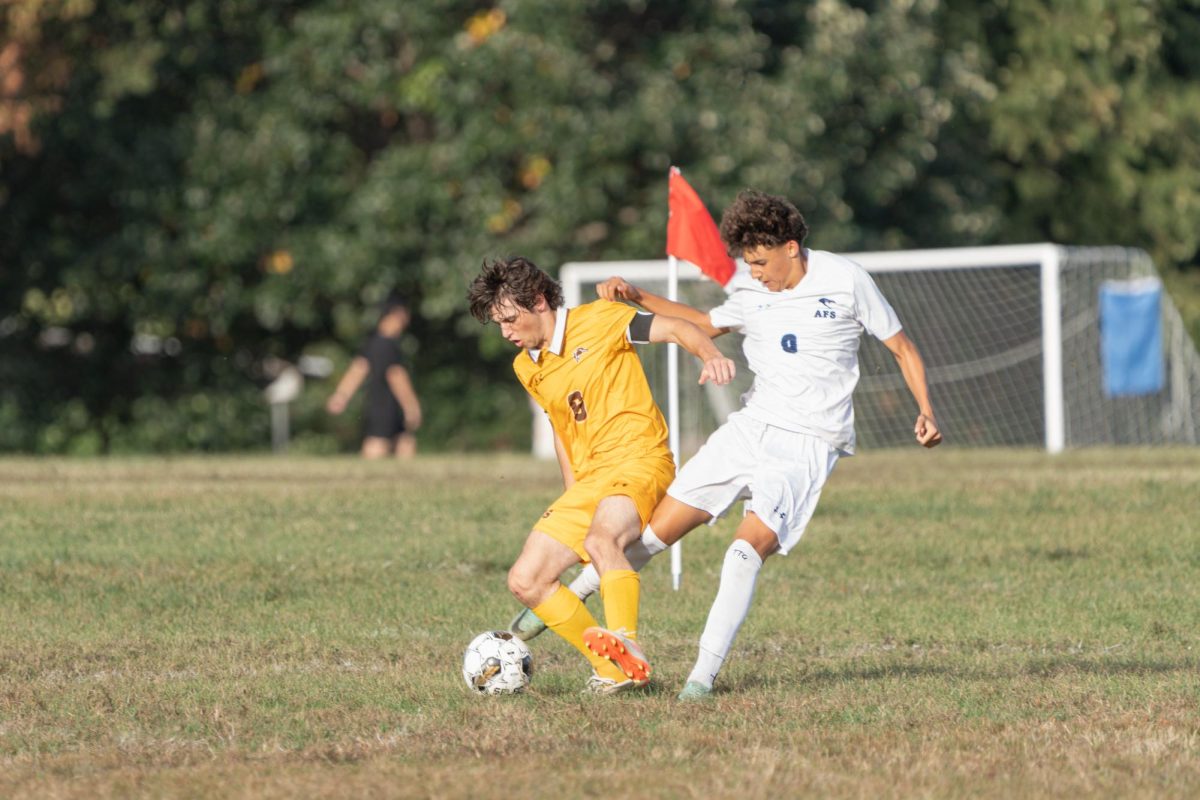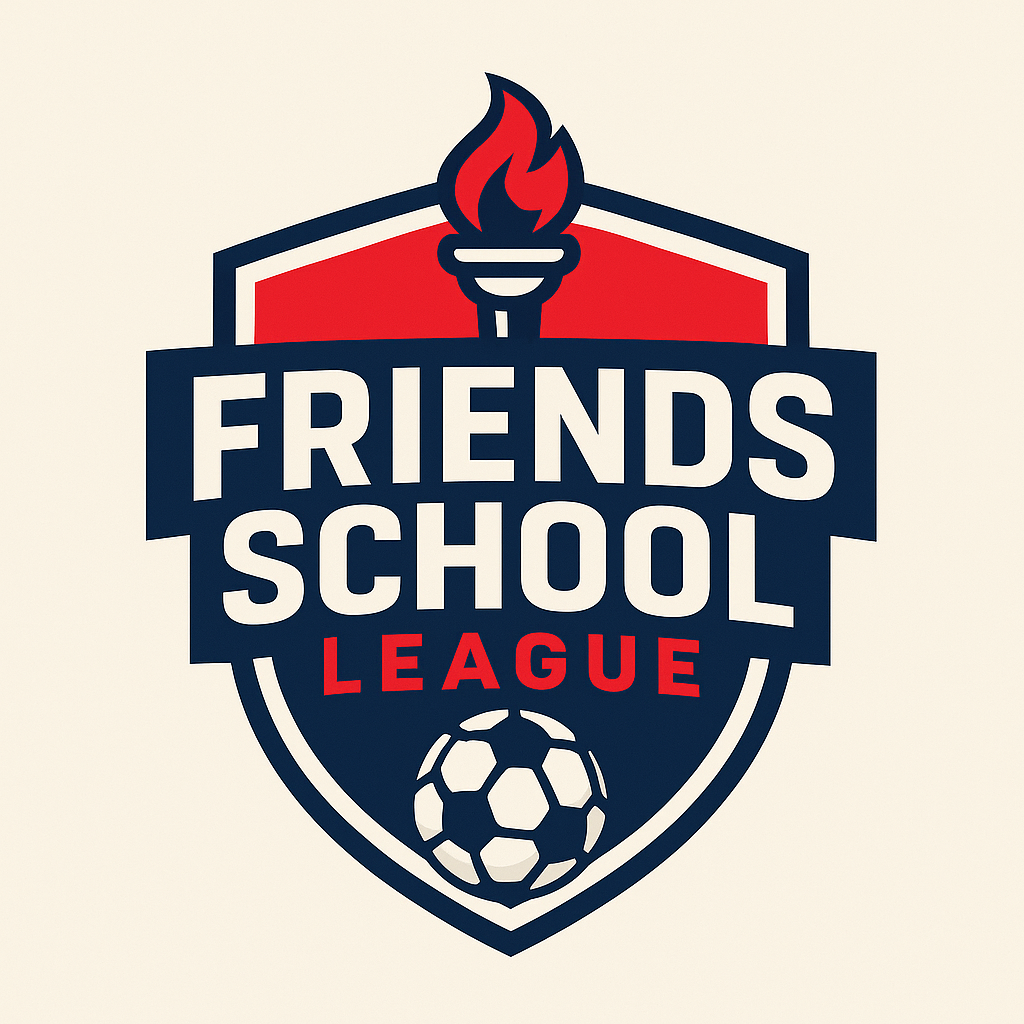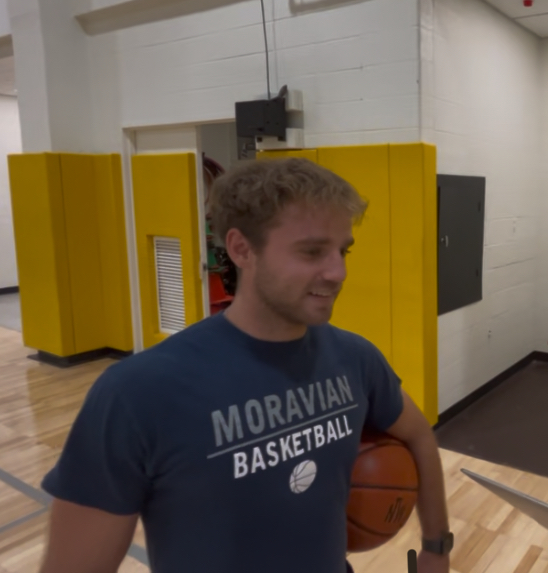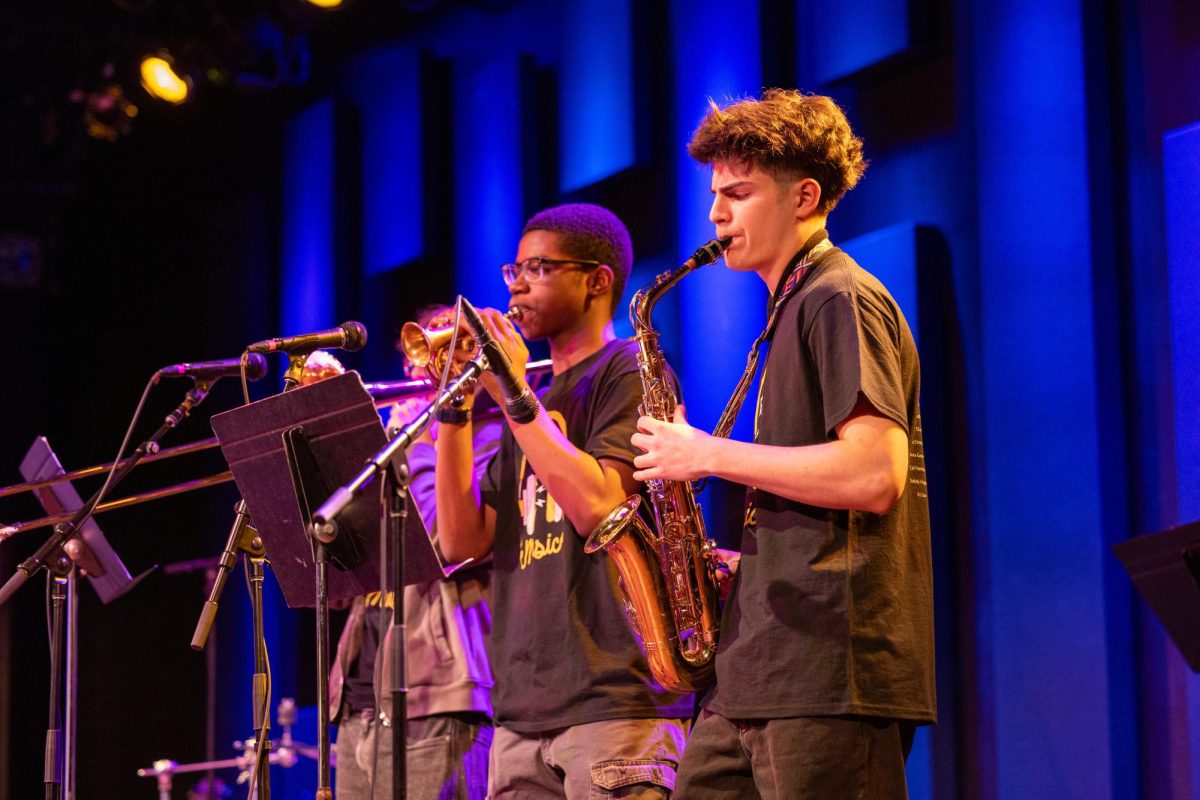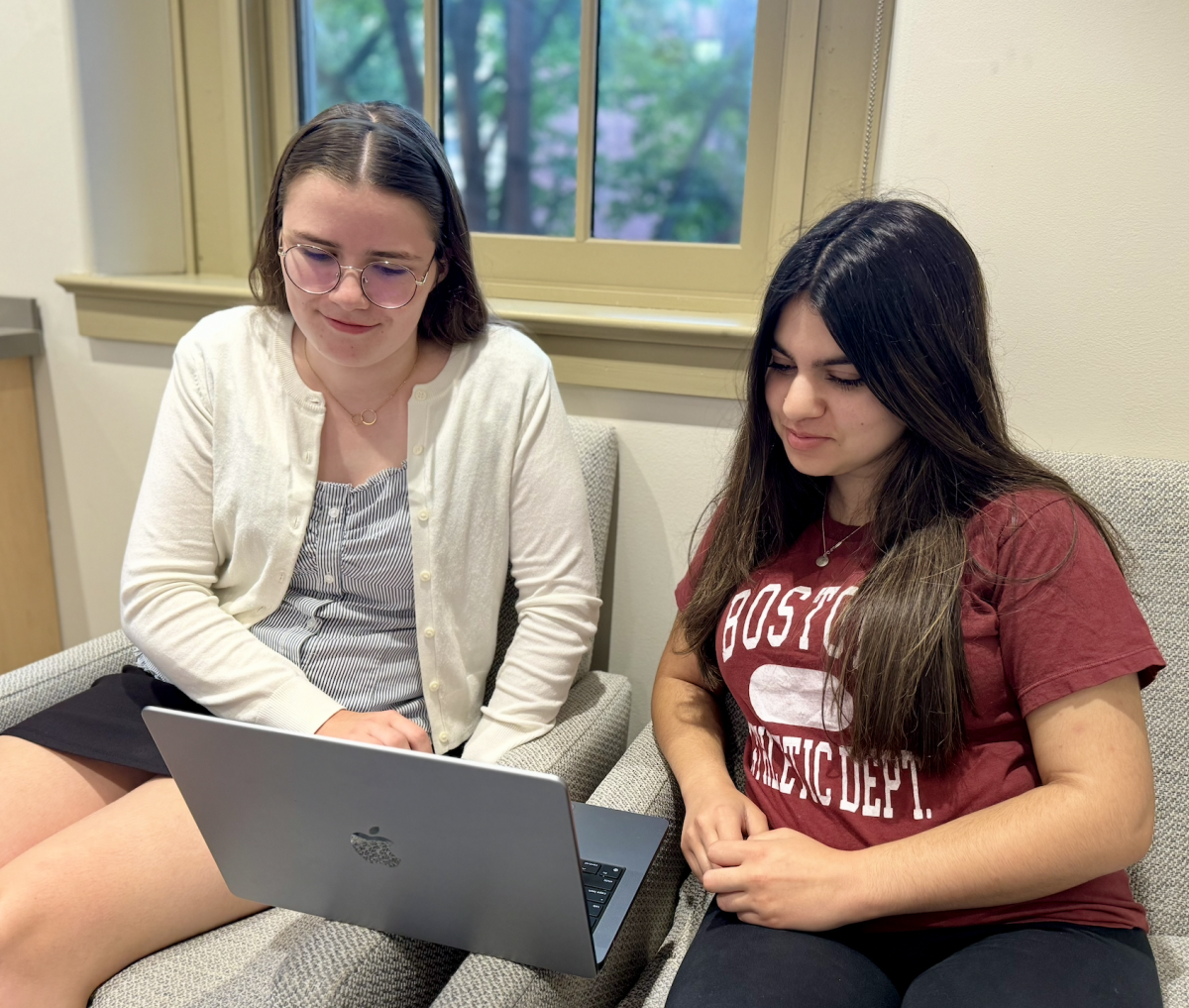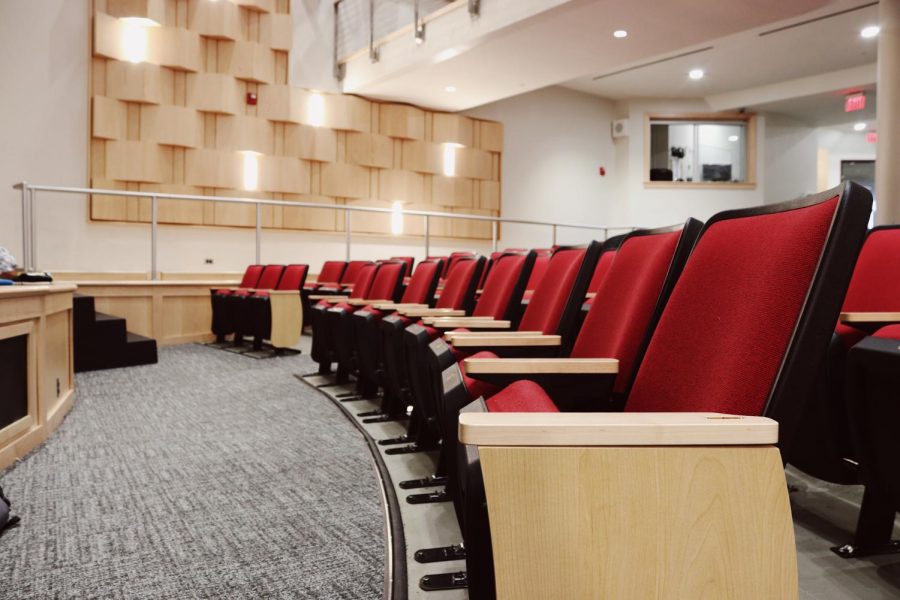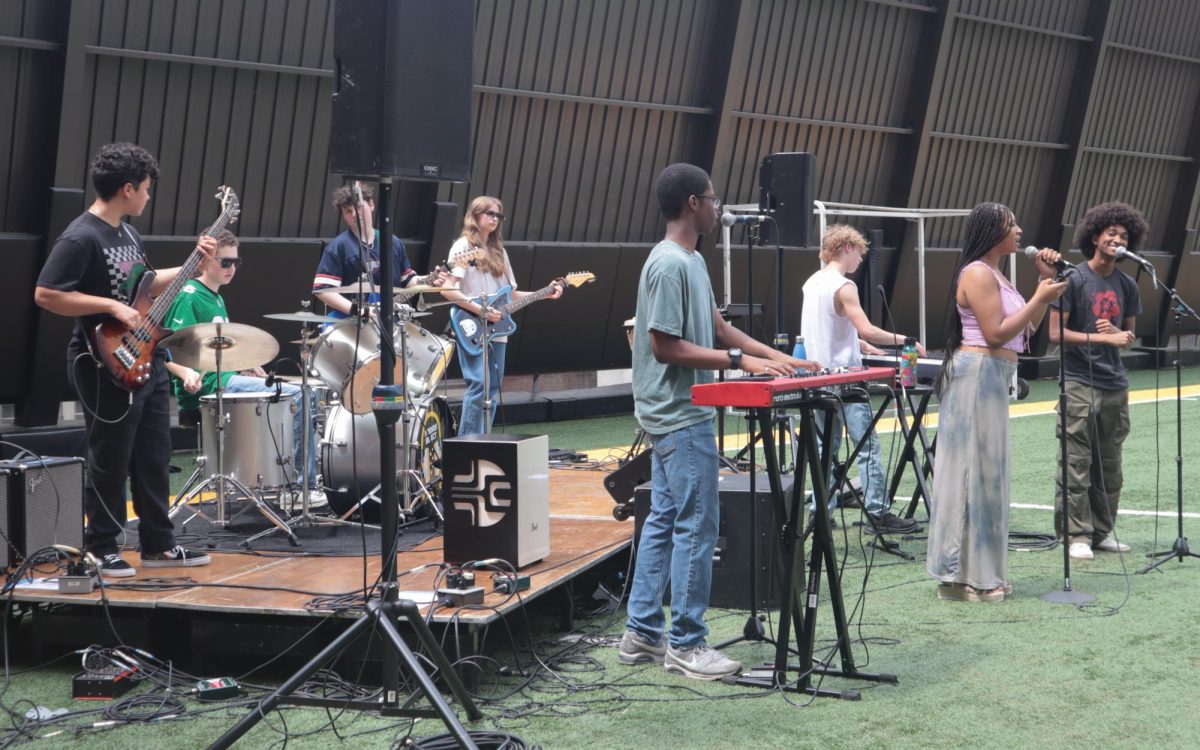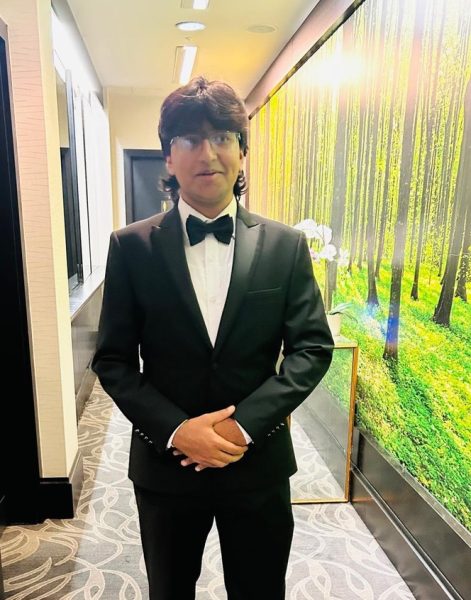Will Perkins:
In Lab Band, we are learning about how to cover songs properly and how to write song charts for our instruments. It is interesting to me because I’ve wanted to learn how to write song charts and this has taught me the basics about them. I enjoyed our winter concert songs and I’m excited to learn new ones.
Sam Goldwert:
In Biology class, we made posters comparing parts of a cell to another context to show how the parts of the cell work together. My group chose to compare the cell to the Roman Empire, and we created a super detailed map with historically accurate drawings of different features of the empire. For example, Rome was the nucleus because the teaching and ideologies of the Roman Empire stemmed from there, and chariots represented vesicles because they were used to transport resources from place to place.
Anna Masino:
In Digital Art Foundations, we took photos around the Arch St. Meeting House and edited them in Lightroom, before transferring that image onto something like a pattern or a clay sculpture. I chose to transfer my image onto a slice of wood, and I’m really proud of how it turned out. Also, I’m reading the Greek tragedy Antigone by Sophocles for English 9. I’m really liking it so far.
Jawad Ahmad:
In Luisa’s Computer Science 2 class, we are using Python library that makes a user interface called Tkinter. Using Tkinterm we will make a calculator and many more projects that need a user interface. Computer science with Luisa is a fun class that has a lot of snacks and needs critical thinking.
Harshil Bhatia:
In Digital Art, we are making monuments about one of the different spices in our Quaker. I used Photoshop to construct the monuments then used Adobe Aero to make it show up in real life. We walked over to the Arch Street Meeting House and took pictures of it in Adobe Aero on the walls. We used augmented reality
Leah Pessin:
In our History 9 Class, we are reading primary sources from the scientific revolution. So far we have read documents that Copernicus and some others wrote. We complete a page called a SoapStone after each primary source where we give a brief summary and explanation of it. I think a lot of people don’t enjoy the decoding part of the primary sources but as someone who’s into English, I find it pretty fun.
Talia Mono:
In Engineering, we did a super cool project recently. We designed the perfect wallet or backpack for our partner. First, we interviewed them a few times about what they needed(more pockets, organization, room for gym clothes, etc) and then drew sketches of what the backpack or wallet would look like. After that, we were given 8 minutes to build a model of what the wallet or backpack would look like. While my model of a backpack for my partner did not turn out the best, the project was super fun overall!
Ozzy Spiker:
In Advanced Chemistry, we have been learning about evaporation and vapor pressure. In our most recent lab, we used the fume hood to evaporate hexane and heptane and record its temperature. We learned that less volatile liquids evaporate faster causing greater temperature changes. When we experimented with acetone, we discovered that the temperature change was so great that it went below freezing temperature.
Esme Michaeloff:
In English class, we have started reading Antigone by Sophocles. The book is a tragedy about a girl whose brothers die and only one gets a burial. The rest of the book is about Antigone’s pursuit to get her other brother properly buried. In preparation for reading the book, we made slideshows to give context to the novel.
Gabriel Rader
When was the last time you got out your Murder Journal to connect the facts and figures on your favorite cold case? Well if you’re in Citizen Justice, then chances are just last night! In this class, students get to channel their inner detective by working backward through thrilling true crime reads while uncovering the untold history of the city of Philadelphia. Nearby in Society Hill, freelance detectives and sleuths of all backgrounds and nationalities gathered at the Vidocq Society to solve some of the greatest unsolved mysteries with shocking accuracy and speed. As recounted by the class book The Murder Room, bone-chilling stories with shocking twists and turns have been central to our discussions and class work.






